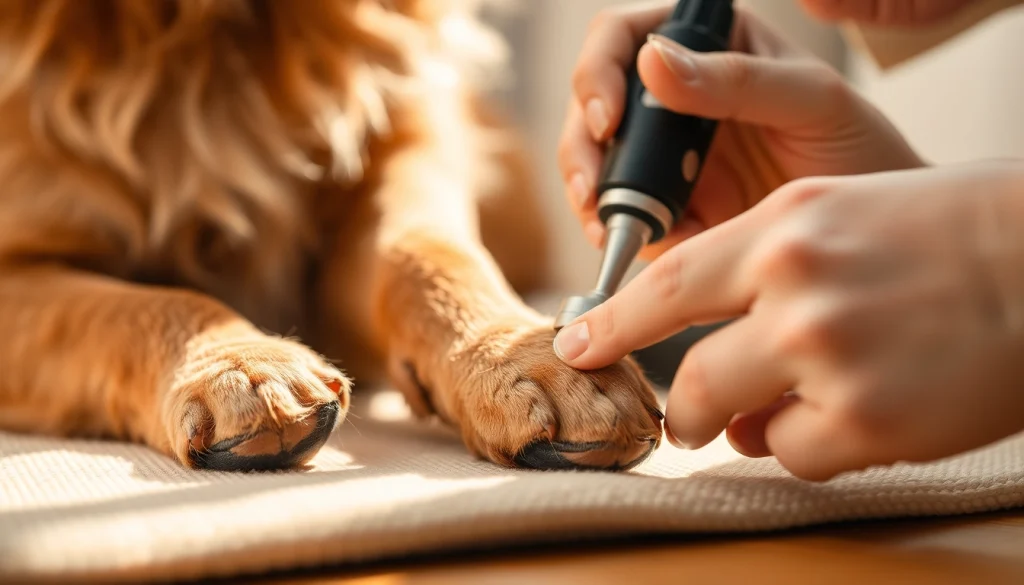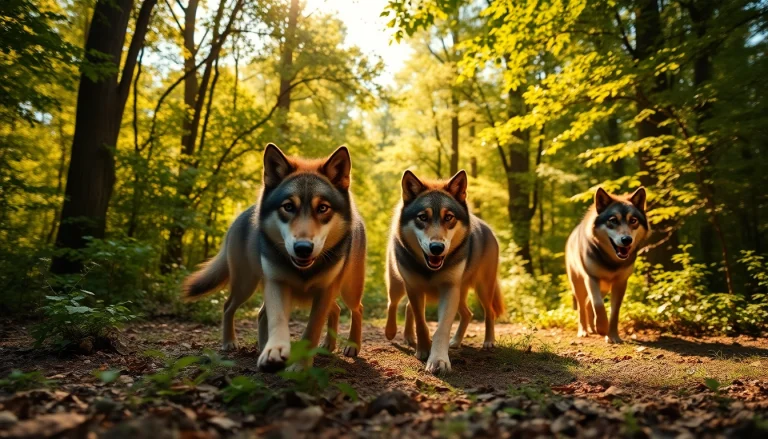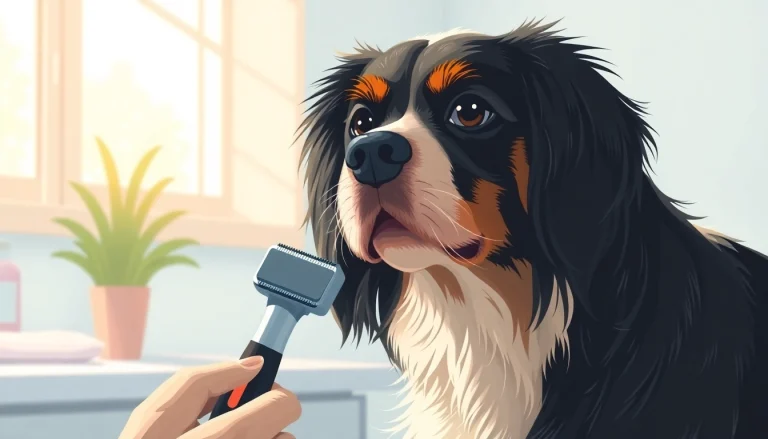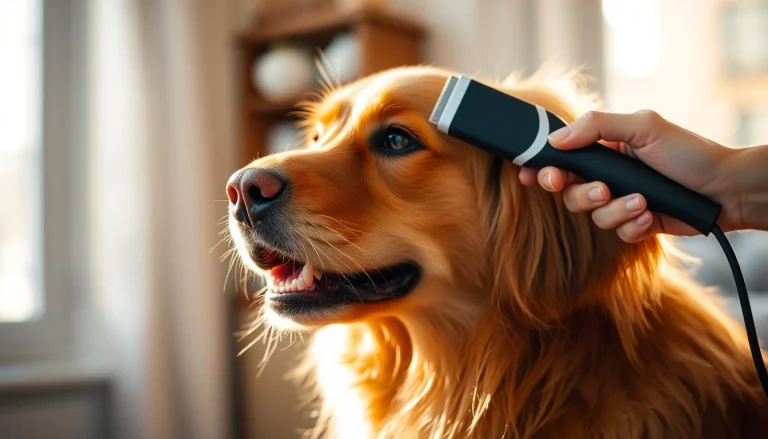
Understanding the Importance of Pet Grooming
Pet grooming is a vital aspect of responsible pet ownership that extends beyond aesthetics. Grooming your dog regularly helps maintain their health, hygiene, and overall happiness. Proper grooming involves various practices, including brushing, bathing, and nail trimming—all essential for your dog’s well-being. Consistent grooming also allows you to check for signs of health issues, ensuring your furry friend stays in prime condition. As you embark on or refine your pet grooming journey, equipping yourself with the right tools and knowledge is crucial. For instance, investing in a quality pet grooming tool can significantly enhance this experience.
Why Regular Grooming Matters for Dogs
Regular grooming is essential for several reasons. Firstly, it helps maintain a dog’s coat and skin health. Depending on the breed, dogs may have different coat types that require varying levels of grooming. For instance, long-haired breeds often develop mats and tangles that can cause discomfort and skin issues if left unattended.
Additionally, grooming minimizes shedding. Regularly brushing your dog will help remove loose hair, preventing it from ending up on your furniture and clothing. This practice can also significantly reduce allergens in the home, creating a healthier environment for you and your family.
Furthermore, grooming provides an invaluable opportunity to bond with your pet. Through grooming sessions, you can foster trust and security, which is particularly beneficial for rescue or anxious dogs. Engaging in a routine can help them feel more comfortable and less fearful about being handled.
Health Benefits of Grooming
The health advantages of grooming cannot be overstated. Beyond improving coat appearance, grooming promotes skin health by evenly distributing natural oils throughout the fur, providing hydration and protection. Furthermore, it’s a great opportunity to check for health concerns such as ticks, fleas, or even lumps that might require veterinary attention. Regular nail trimming is equally crucial; overgrown nails can lead to discomfort and mobility issues for dogs.
Building Trust Through Grooming
Building trust with your dog is essential, and regular grooming is an effective method to achieve this. During grooming, dogs learn to associate touch and handling with positive experiences when approached correctly. Use treats, soothing words, and gentle strokes to create a calming atmosphere. Establishing this trust allows you to perform more in-depth procedures, like trimming nails or inspecting ears, without causing stress or fear.
Choosing the Right Tools for Dog Grooming
Choosing the right tools is crucial for effective grooming. With a multitude of products available in the market, it can be overwhelming. However, understanding the must-have grooming supplies and how to select the right nail grinder can simplify the decision-making process.
Must-Have Grooming Supplies
- Brushes: Different types of brushes cater to various coat types. Slicker brushes, pin brushes, and bristle brushes each have unique functions that can help maintain your dog’s coat.
- Shampoo: Always opt for pet-safe shampoos that suit your dog’s specific skin type, whether they have sensitive skin or need deep cleaning.
- Dog Nail Clippers or Grinder: These tools help keep your dog’s nails at a comfortable length, preventing pain and mobility issues.
- Combs: For fine-tuning your dog’s grooming, a good comb can help you remove tangles and check for skin issues.
- Grooming Mat: A non-slip mat can safely hold your dog in place during grooming sessions.
How to Select a Nail Grinder
Selecting the right nail grinder is important, particularly for maintaining your dog’s comfort and minimizing stress. When choosing a grinder:
- Look for a grinder with variable speeds to suit different nail types.
- Choose one that operates quietly, as loud noises can startle many dogs.
- Check the design for comfort—grinding should be a gentle experience, not a painful one.
Maintaining Your Grooming Tools
Proper maintenance of grooming tools extends their lifespan and ensures effectiveness. Regularly clean brushes, replacing any worn parts on clippers or grinders, and sterilizing tools helps prevent skin infections and maintains hygiene. Also, keeping the tools in a designated space prevents wear and tear.
Step-by-Step Guide to Grooming Your Dog
Embarking on the grooming journey requires a structured approach. Here is a step-by-step guide to effectively groom your dog.
Preparing Your Dog for Grooming
Preparation is key to a successful grooming session. Before starting, ensure your dog is calm. Use positive reinforcement, such as treats, to get them comfortable with the grooming area. It’s also beneficial to brush your dog’s coat before bathing to remove any loose dirt or hair.
Grooming Techniques for Different Dog Breeds
Each dog breed may require slightly different grooming techniques:
- Short-haired breeds: These dogs often just need occasional brushing to remove loose hair and dirt.
- Long-haired breeds: Frequent brushing is essential to prevent matting. Techniques like sectioning the hair and starting from the end to the root can be effective.
- Curlier breeds: Breeds like poodles need regular clipping and maintenance of their curls to keep them looking neat.
Post-Grooming Care and Tips
After grooming, ensure to reward your dog with praise or treats to create a positive association. Check their ears and eyes for any signs of discomfort or infection, and keep an eye on their behavior following the grooming session. Establish a routine; consistency helps dogs know what to expect and alleviates anxiety.
Common Challenges in Pet Grooming
While grooming your dog can be rewarding, there are often challenges that can arise. Understanding these common issues can help you prepare and handle them effectively.
Identifying Signs of Grooming Anxiety
Many dogs may exhibit signs of anxiety during grooming sessions. Look for behaviors such as hiding, excessive licking, or attempts to escape the grooming area. Understanding these signs is crucial to addressing them appropriately.
Effective Strategies to Calm Your Dog
Calming an anxious dog during grooming requires patience and care. Here are several strategies:
- Use calming aids like pheromone sprays or anxiety wraps.
- Spend time getting your dog used to the grooming tools by introducing them gradually.
- Perform brief grooming sessions interspersed with play or treat rewards to create a positive experience.
When to Seek Professional Help
There are times when it may be best to consult a professional groomer. If your dog experiences severe anxiety, or if they require a specific cut or technique that you are not comfortable performing, professional help can ensure your dog’s safety and comfort.
Measuring Grooming Success: Tips and Best Practices
To gauge the effectiveness of your grooming routine, implementing best practices can ensure you are meeting your dog’s needs while also tracking their progress.
Establishing a Grooming Routine
Creating a structured grooming schedule tailored to your dog’s breed and coat type is essential. For instance, long-haired breeds may require weekly sessions, while short-haired breeds might only need grooming every couple of weeks. Establish this routine early on to acclimatize your dog to the process.
Tracking Your Dog’s Health Progress
During grooming sessions, take notes on your dog’s skin, coat condition, and overall behavior. Tracking these aspects over time can help identify patterns or potential health issues. Recognizing changes early can lead to timely veterinary interventions.
Engaging with the Grooming Community
Connecting with fellow dog owners or local grooming communities can provide valuable insights and support. Engaging in forums, attending workshops, or joining online groups can expand your knowledge and provide tips from experienced groomers.






